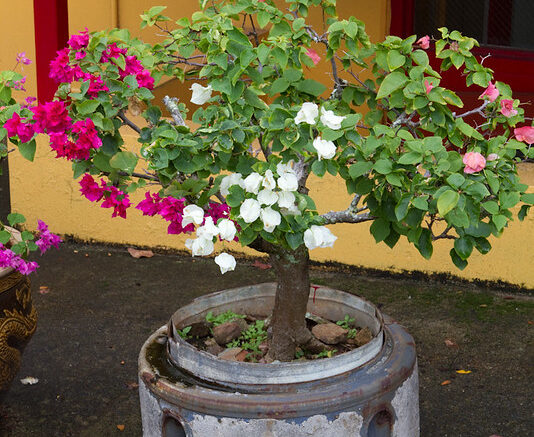Grafting is a horticultural technique that involves joining two plants together so they can grow as one. This method is widely used to propagate fruit trees, enhance disease resistance, and improve plant vigor. Here’s everything you need to know about grafting, including its benefits, timing, procedure, and tips for success.
What is Grafting?
Grafting is the process of taking a piece of one plant, known as the scion, and attaching it to the root system or stem of another plant, known as the rootstock. The successful combination of these two components can create a new plant with specific desired characteristics, such as improved fruit quality, enhanced resistance to diseases, and better adaptability to specific soil types.
Why Graft?
- Propagation of Desired Traits: Grafting allows you to combine the best traits of two different plants, such as the superior fruit qualities of a scion with the hardiness of a rootstock.
- Disease Resistance: Certain rootstocks can provide improved resistance to pests and diseases, helping to ensure a healthier plant.
- Faster Fruit Production: Many grafted plants begin fruiting faster than those grown from seed or cuttings, making it a preferred method for commercial fruit production.
- Space Efficiency: Grafting allows for the cultivation of multiple varieties in a single space, enabling gardeners to grow more diverse plants in limited areas.
When to Graft
The best time to graft plants depends on the specific species, but the general rule is to perform grafting during the active growth season when the sap is flowing. For many trees and shrubs, this is usually in late winter to early spring before the new growth begins. However, some techniques, like summer grafting, can be done later in the growing season.

